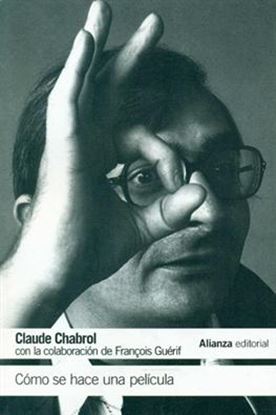

EL PEQUEÑO LIBRO DE LA HISTORIA DEL ARTE
El pequeño libro de la historia del arte es una obra sencilla, muy práctica y accesible, que te llevará de la mano a través de las distintas corrientes y épocas artísticas de la historia, y que te ayudará a entender a la primera las diferencias entre el Rococó y el Manierismo o entre el Modernismo y el Impresionismo, por ejemplo. Gracias a El pequeño libro de la historia del arte aprenderás de una vez la diferencia entre los órdenes arquitectónicos clásicos (dórico, jónico y corintio), y podrás disfrutar de las mejores obras artísticas de la historia de la humanidad a la vez que aprendes a situarlas en su contexto histórico y etapa artística. Descubre cómo la evolución de la historia del arte ha esculpido la sensibilidad artística actual y la forma en la que entendemos hoy el arte. En este pequeño gran libro hallarás información relacionada con: • Las primeras obras de arte de la historia de la humanidad, como las pinturas rupestres de las cuevas de Lascaux o piezas como la Venus de Willendorf. • Las maravillas del arte antiguo, como la tumba de Tutankamón, el Partenón o el palacio de Sargón II en Khorsabad. • Los tesoros del arte bizantino, islámico, románico y gótico durante la Edad Media. • Las mejores pinturas y obras de ingeniería del arte contemporáneo y sus autores, de Van Gogh a Andy Wharhol, de Gustave Eiffel a Frank Gehry.
950
760
GIGANTES DEL CINE
De Paul Newman a Clark Gable, de Elizabeth Taylor a Marlon Brando... este libro reúne a las grandes estrellas del celuloide que en un momento u otro de su carrera han logrado el reconocimiento oficial de la Academia de Hollywood y el aplauso entusiasta de los aficionados al cine. Cada intérprete está presentado con su correspondiente ficha técnica, una selección de lo mejor de su filmografía, un resumen de su trayectoria y un análisis del personaje o personajes gracias a los cuales han podido ocupar un lugar privilegiado en la historia del cine.
900
720
COMO SE HACE UNA PELICULA
Fruto de una serie de entrevistas entre Claude Chabrol y Francois Guérif, este breve compendio realiza un repaso integral al proceso de Cómo se hace una película. Matizado en todo instante por la ácida y personal visión del director de El bello Sergio, El carnicero, El grito de la lechuza, La ceremonia o La flor del mal, el contenido de estas páginas toca desde los primeros pasos de la aventura que supone toda realización cinematográfica -la elección del tema, la escritura del guión, la búsqueda de un productor- hasta los últimos -la explotación y recepción del film-, pasando, naturalmente, por todos los problemas y detalles que lleva aparejados el rodaje, incluyendo la dirección de actores, las cuestiones técnicas y la función de cada uno de los que en aquél participan.
900
720











